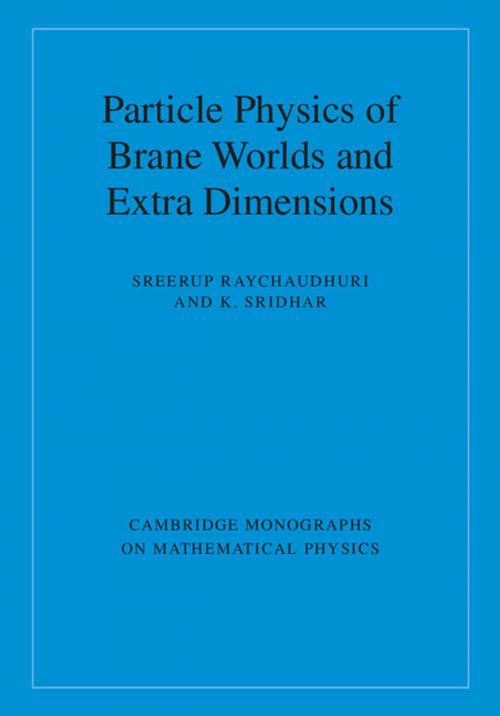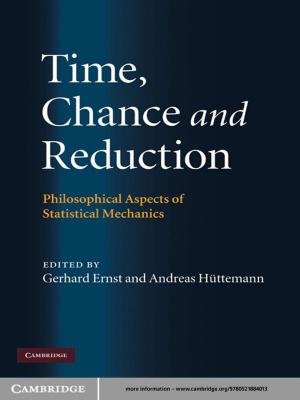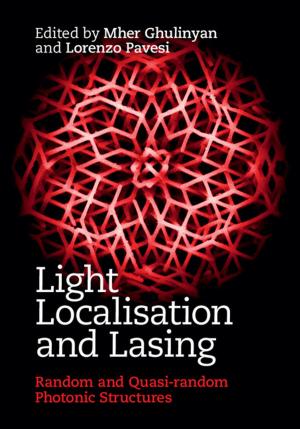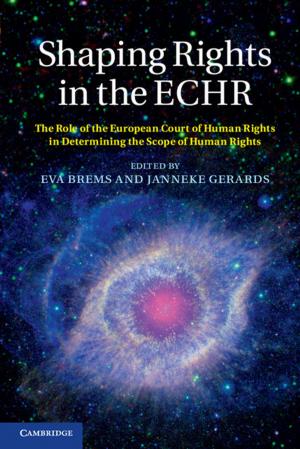Particle Physics of Brane Worlds and Extra Dimensions
Nonfiction, Science & Nature, Science, Physics, Nuclear Physics, Mathematics| Author: | Sreerup Raychaudhuri, K. Sridhar | ISBN: | 9781316570524 |
| Publisher: | Cambridge University Press | Publication: | April 25, 2016 |
| Imprint: | Cambridge University Press | Language: | English |
| Author: | Sreerup Raychaudhuri, K. Sridhar |
| ISBN: | 9781316570524 |
| Publisher: | Cambridge University Press |
| Publication: | April 25, 2016 |
| Imprint: | Cambridge University Press |
| Language: | English |
The possibility that we live in a higher-dimensional world with spatial dimensions greater than three started with the early work of Kaluza and Klein. However, in addressing experimental constraints, early model-builders were forced to compactify these extra dimensions to very tiny scales. With the development of brane-world scenarios it became possible to consider novel compactifications which allow the extra dimensions to be large or to provide observable effects of these dimensions at experimentally accessible energy scales. This book provides a comprehensive account of these recent developments, keeping the high-energy physics implications in focus. After an historical survey of the idea of extra dimensions, the book deals in detail with models of large extra dimensions, warped extra dimensions and other models such as universal extra dimensions. The theoretical and phenomenological implications are discussed in a pedagogical manner for both researchers and graduate students.
The possibility that we live in a higher-dimensional world with spatial dimensions greater than three started with the early work of Kaluza and Klein. However, in addressing experimental constraints, early model-builders were forced to compactify these extra dimensions to very tiny scales. With the development of brane-world scenarios it became possible to consider novel compactifications which allow the extra dimensions to be large or to provide observable effects of these dimensions at experimentally accessible energy scales. This book provides a comprehensive account of these recent developments, keeping the high-energy physics implications in focus. After an historical survey of the idea of extra dimensions, the book deals in detail with models of large extra dimensions, warped extra dimensions and other models such as universal extra dimensions. The theoretical and phenomenological implications are discussed in a pedagogical manner for both researchers and graduate students.















